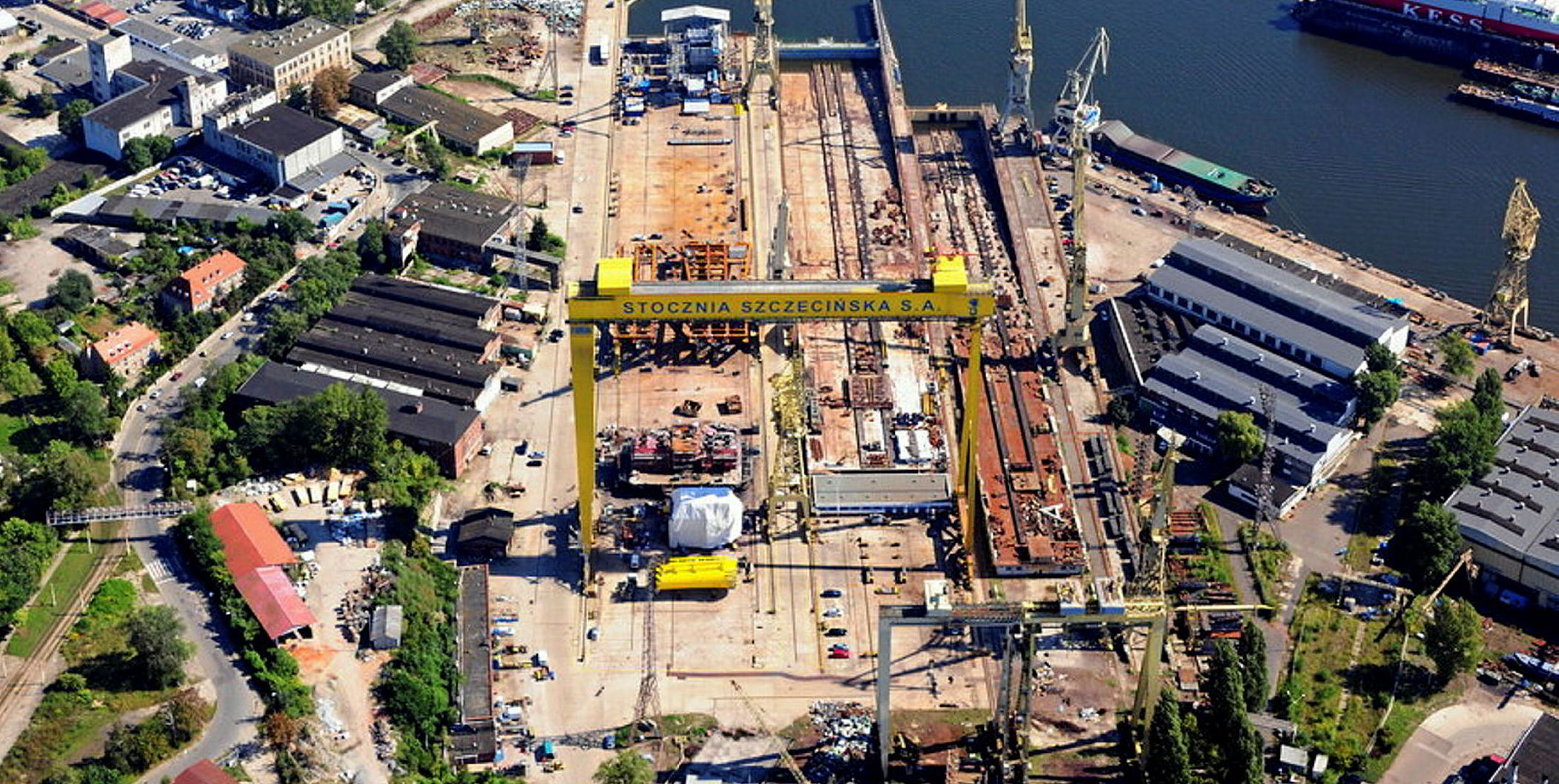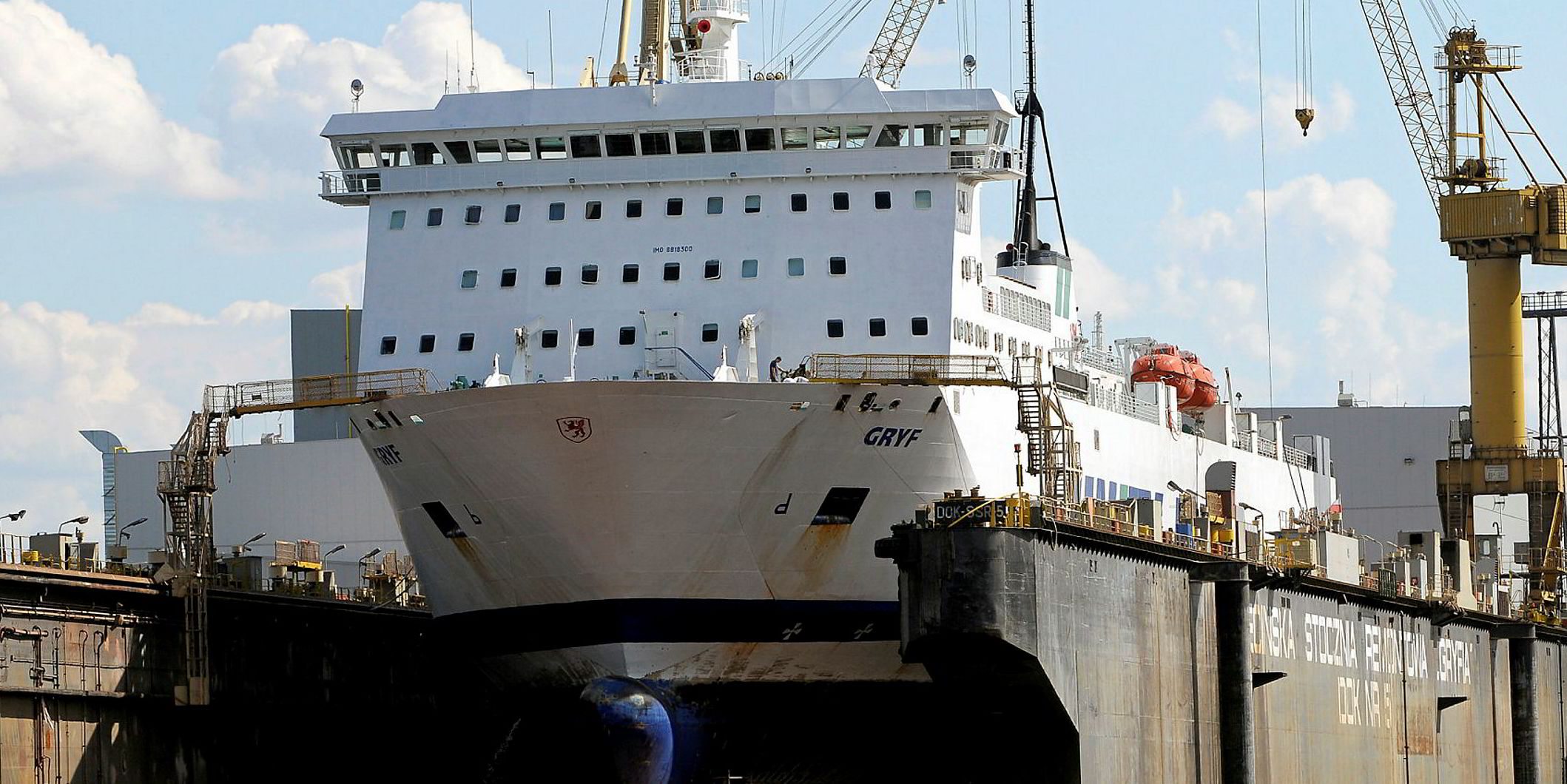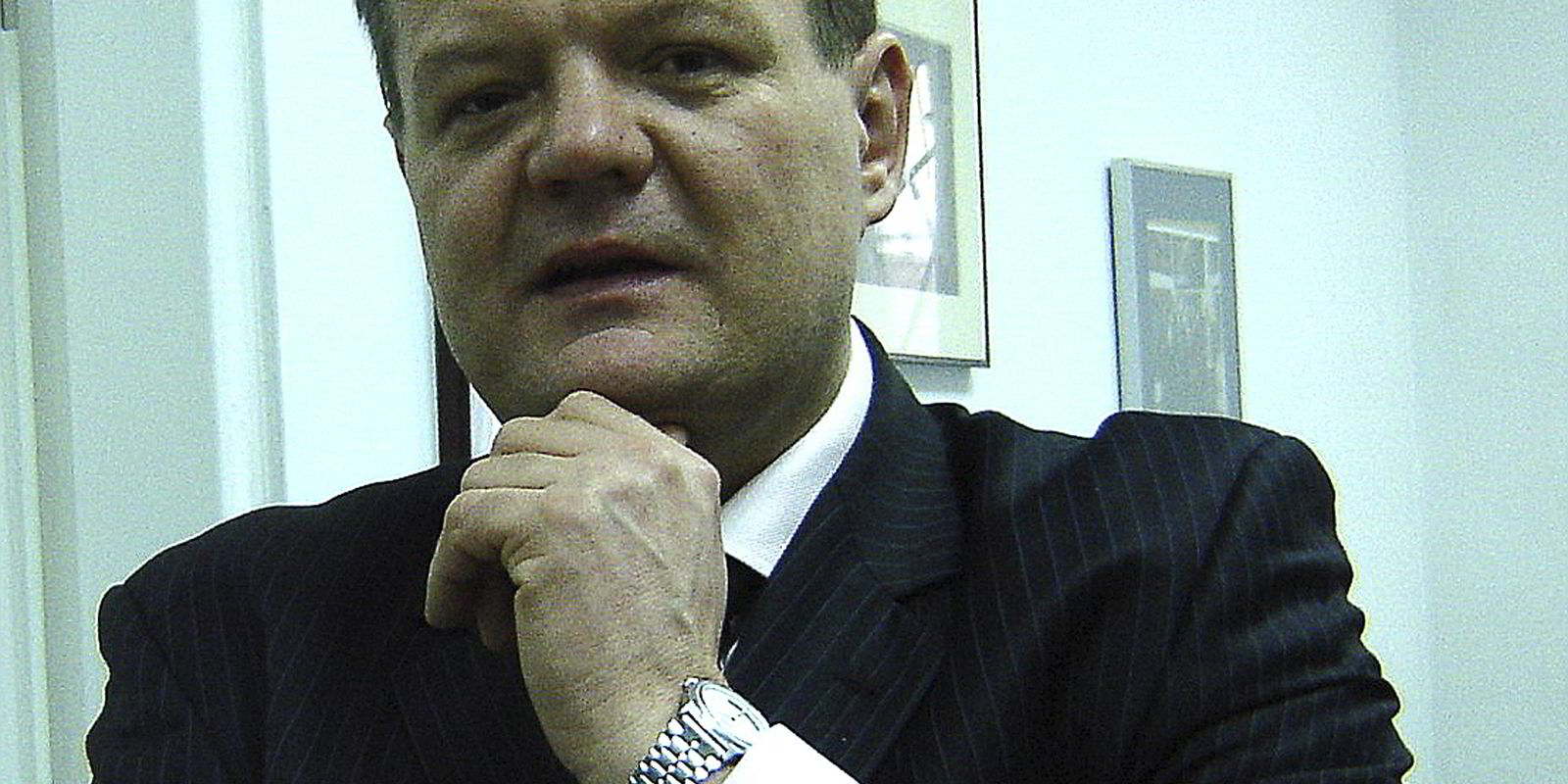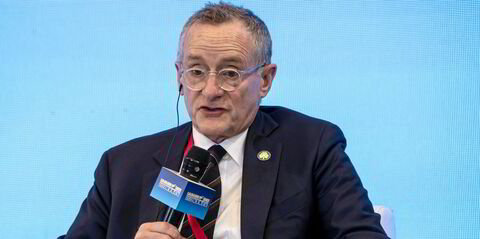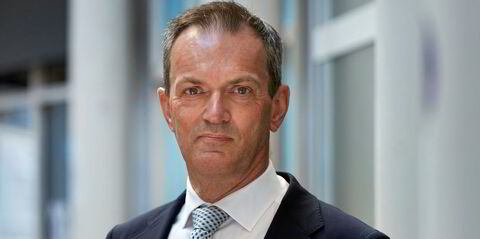A series of four ropax ferries could herald the rebirth of the Polish city of Szczecin as a hub for the construction of large ships.
The country’s largest shipping company, Polish Steamship Co (Polsteam), plans to build three LNG dual-fuel vessels for ferry subsidiary Unity Line.
A fourth ropax, on which work began two years ago, is also to be built, after long delays, for Polish Baltic Shipping Co (Polferries).
Each of the ropaxes is expected to cost about €150m ($166.7m).
The newbuildings form part of the Polish government’s broader Polish Shipyards project, designed to rebuild the country’s shipbuilding industry following the collapse of the Szczecin, Gdynia and Gdansk yards.
Szczecin-based Morska Stocznia Remontowa (MSR) Gryfia Shipyard is leading a consortium formed to build the ferries.
MSR Gryfia belongs to MARS Shipyard & Offshore (MARS S&O), which like Polsteam and Polferries is state owned. MARS S&O bought the 45-hectare Szczecin Shipyard in early 2017.
Various small companies, on the site of Szczecin Shipyard and along the Oder river, will cooperate — including supplying steelwork — on the construction of the ropax newbuildings using the yard’s Wulkan slipway.
Shiprepair specialist MSR Gryfia holds the necessary certificates to build the ships.
Szczecin, Gdynia and Gdansk — previously major yards employing thousands of workers and supplying containerships, car carriers and other vessels — fell foul of European state subsidy regulations and either closed or downsized.
Significant investment
Equipment and infrastructure were sold off but during the past three years Szczecin Shipyard has invested to again construct larger commercial vessels.
Polsteam spokesman Krzysztof Gogol confirmed his company is planning to build a trio of ropaxes for delivery between 2023 and 2026 using the MSR Gryfia consortium.
The ropaxes will serve Unity Line’s route between Swinoujscie in north-west Poland and the southern Swedish port of Ystad. Polferries also operates between Swinoujscie and Ystad, and Gdansk to Nyneshamn, near Stockholm.
Polsteam chief executive Pawel Brzezicki told TradeWinds earlier this year that newbuildings were needed for Unity Line's ageing fleet.
Gogol said the ships are also required to meet growing competition from Germany on Baltic routes.
LNG refuelling of the dual-fuel vessels will be at Swinoujscie and be sufficient for round trips.
The planned Unity Line ropaxes are likely to be about 200 metres in length, with the capacity for 300 to 400 passengers and about 4,000 lane metres. Freight on the route between Swinoujscie and Ystad is the priority.
In June, MSR Gryfia signed agreements with Polish national development institution Bank Gospodarstwa Krajowego and industrial development agency JSC to finance long-term contracts at the yard.
Constuction of the Unity Line units will follow building of the Polferries vessel. The ship's keel was laidin June 2017, and only one section has been completed since then.
Specifications unclear
Changes to the project have been blamed for the delay and the latest specifications remain unclear. At the time of the keel laying, Polferries said the newbuilding would be 202.4 metres in length, 30.3 metres wide and have a capacity for 400 passengers and 70 crew.
The newbuilding's main fuel is intended to be LNG, with bunkering in Swinoujscie and Ystad, although the vessel will also be fitted with diesel-electric propulsion and two main Azipod-type propulsors.
Sources tell TradeWinds that Polferries has considered purchasing the 1,215-passenger Nova Star (built 2011). It has been on charter to Polferries, operating the Gdansk-Nyneshamn crossing, but is said to be proving expensive.
However, the government prefers Polferries to build new ships to support its so-called Plan for Responsible Development, which is aimed at constructing larger, highly specialised ships again in Poland and to increase the competitiveness of domestic ferry operators.
